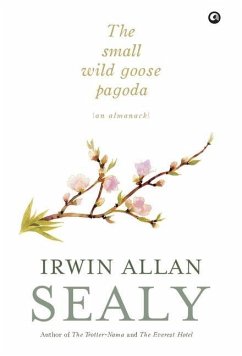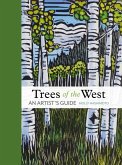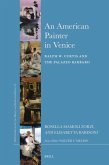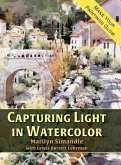The Small Wild Goose Pagoda is a natural and social history of 433 square yards of India. On this piece of land in the foothills of the Himalaya, the Sealy family have a small brick house with one-and-a-half bedrooms, two-and-a-half gardens, front, back and side, an old Fiat, an internet link with the world, and a terrace roof for walking on under the sky. Here-surrounded by trees: litchi, rosewood, magnolia, silk cotton, jacaranda, a reluctant pear, a profusely flowering peach-Allan Sealy looks back on his life as he turns sixty and goes from Householder to Forest Dweller (the two middle stages in the life of a man - as set out in Indian philosophical tradition). Lending depth and texture to a narrative written in the form of an almanack is his experience of building, after a visit to China, a pagoda on his roof. As the pagoda takes shape we are introduced to a host of extraordinary characters who drift in and out of the 433 square yards: Dhani, family retainer and mali, bent in half by age; Habilis, master brick-layer and contractor with a roving eye; Beauty, part of Habilis's crew, who may or may not be his lover; Victor, stoic assistant to Habilis.... In this remarkable book, his first in a decade, award-winning novelist and travel writer, Irwin Allan Sealy, gives us an evocative account of the drama of small town life; at the same time it is an extraordinary meditation on work, family history, nature, Indian society, and the passage of time.
Hinweis: Dieser Artikel kann nur an eine deutsche Lieferadresse ausgeliefert werden.
Hinweis: Dieser Artikel kann nur an eine deutsche Lieferadresse ausgeliefert werden.








